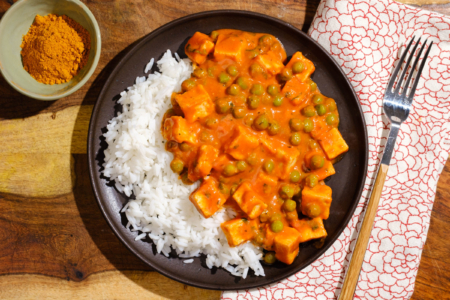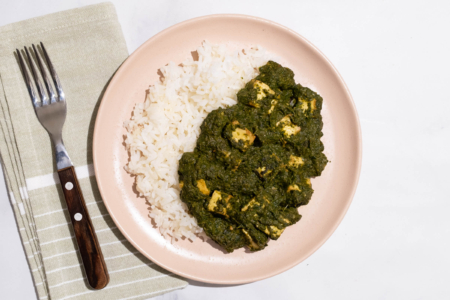A very versatile ingredient, pancetta is a type of salumi (salted, preserved meat) made out of pork belly, and prepared in nearly every region of Italy.
Origin of Pancetta
The Italian word for belly, “pancia”, is the root word of pancetta (we also get the word ‘paunch’ from the same root). Being an Italian invention, pancetta is prepared in all parts of Italy, with each region offering slight variations based on location. To some, pancetta is also known as Italian bacon.
Flavor of Pancetta
Except for its smoky flavor, pancetta tastes a lot like bacon, as it is salty, savory, and has a chewy texture. Its flavor is also influenced by the varying spices and herbs that producers use while curing the pancetta. Pancetta’s lack of smoky flavor makes it perfect for mixing with other food items as it does not entirely overpower other flavors or ingredients.
Health Benefits of Pancetta
Offering a good amount of dietary protein, pancetta is rich in B vitamins and minerals like phosphorus and selenium. It has lower fat contents than other bacon products. But, on the other hand, the preservatives that are sometimes added to the pancetta and its high sodium content can be undesirable for some people. Pancetta is a very popular ingredient worldwide owing to its delicious taste, and when used in moderate quantities, there’s no possible harm from it.
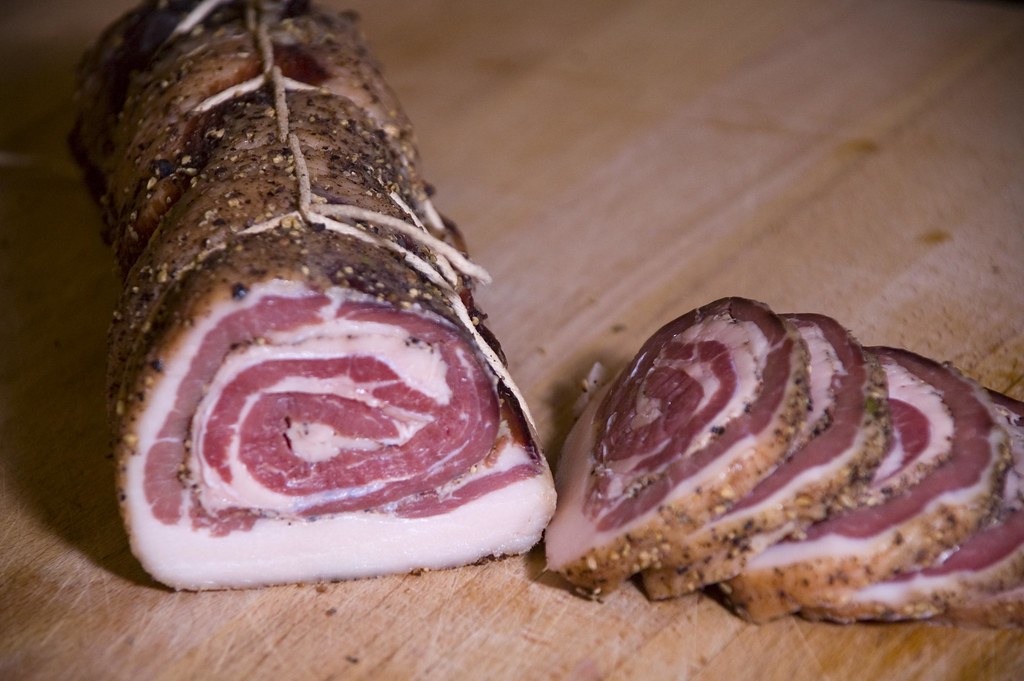
Culinary Benefits of Pancetta
In Italy, pancetta is conventionally used to add depth of flavor to soup and pasta. However, there are many uses for pancetta beyond these mainstream applications. This intensely flavorful pork product can add deep, porky flavor to anything you add it to.
Other than pork belly and salt, some of the other ingredients added to pancetta include sodium nitrate, sodium nitrite, dextrose, juniper berries, rosemary, garlic, pepper, and celery powder which help give the pancetta its distinct taste.
You can use thin slices of pancetta to wrap vegetables like blanched asparagus or roasted parsnips for an easy appetizer. You can layer pancetta with cheese, lettuce, and tomato for a healthy and tasty wrap. Or you can combine pancetta along with leafy greens, ricotta cheese, cherry tomatoes, olive oil, and balsamic vinegar and make a salad out of it.

Want to make a base for your soup? Sauté pancetta cubes with onions or garlic to infuse the finished soup with tons of rich umami flavor. You can prepare this base for pasta and risotto as well.
Often, pancetta is used as an alternative to bacon to give a dish a bacon flavor without the smokiness. Swap pancetta in for bacon in nearly any recipe. For instance, our Creamy Bacon Pasta with Sage and Tomatoes would taste equally as fantastic with pancetta.
So, go ahead and explore various dishes using this Italian delicacy and enhance your platter by adding pancetta as a side dish.
Want to try this delicious Italian ingredient for yourself? Try out this simple recipe which features the delicious combination of pancetta and peperonata.
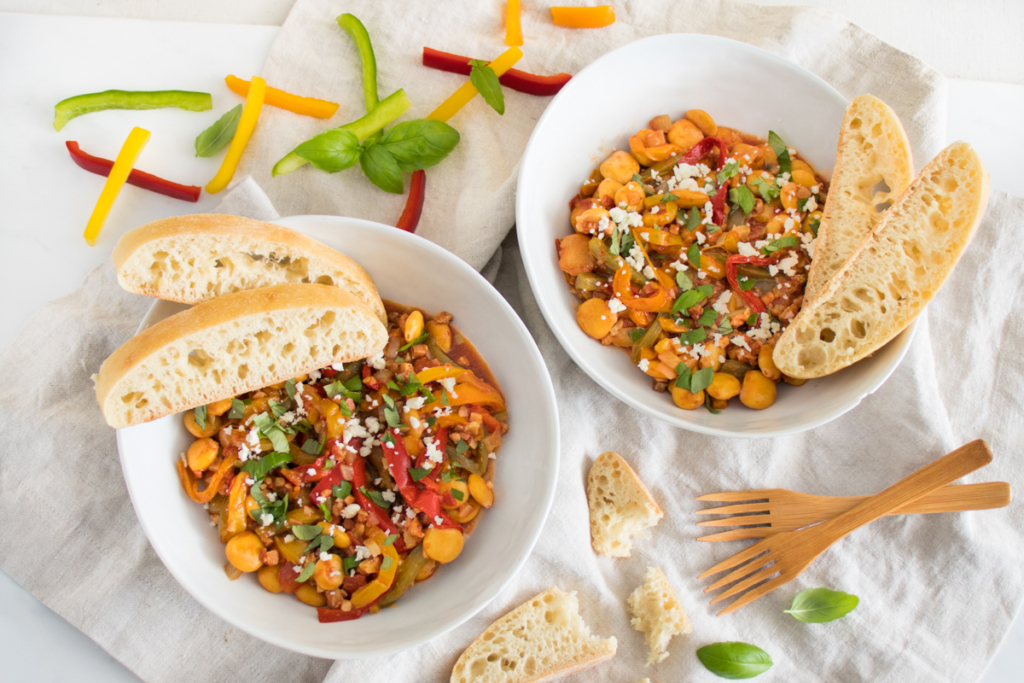
Types of Pancetta
While there are various types of pancetta, these two are the most prominent ones.
1. Arotollata (rolled)
This type of pancetta is basically cut in thin slices and eaten raw as part of antipasti, the traditional first course of a formal Italian meal, or simply as a part of a sandwich.
2. Stesa (flat)
This kind of pancetta is chopped and used as an ingredient in many dishes, or they are just cut into thick strips and grilled before eating.
Pancetta affumicata is another type of pancetta that is smoked, much like bacon.
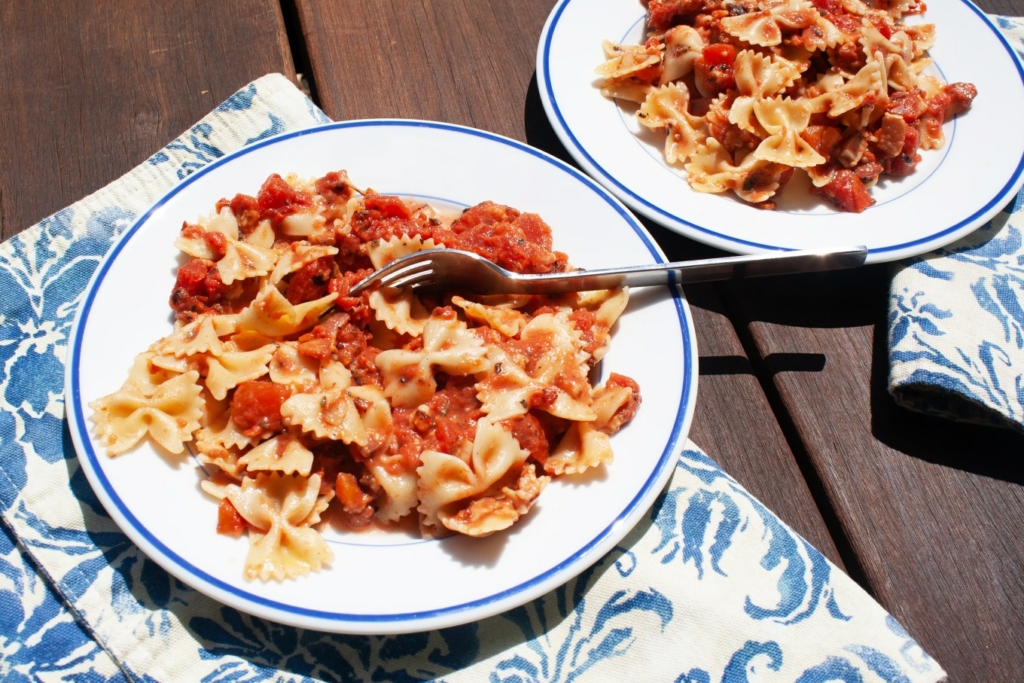
Storage and Preservation
Curing is done to preserve pancettas. The spice and salt mixture used for curing contain nitrates or nitrites, extending the shelf life of pancetta, making it a great pantry staple.
In its original packaging, you can store pancetta for up to 12 months, but once the packaging is opened, it stays good for 2-3 weeks in the refrigerator and up to 3 months in the freezer.
Feature Image: Flickr user hj_west (CC BY-SA 2.0 )


